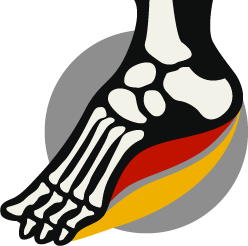Orthopedic surgery has come a long way, and minimally invasive techniques are leading the way in transforming patient care. These advanced procedures provide faster recovery, less pain, and better outcomes, making them a preferred choice for treating a wide range of conditions, particularly in foot and ankle care.
What Is Minimally Invasive Surgery?
Minimally invasive surgery (MIS) involves using small incisions and specialized tools to perform complex procedures with minimal disruption to surrounding tissues. Often, these surgeries are guided by advanced imaging technology, ensuring precision.
Key benefits include:
- Reduced pain: Smaller incisions mean less tissue trauma and discomfort.
- Faster recovery: Patients can return to their daily activities sooner.
- Minimal scarring: Tiny incisions leave barely visible scars, improving aesthetic outcomes.
Conditions Treated with Minimally Invasive Techniques
MIS is used to treat a variety of orthopedic conditions, including:
- Bunions and hammertoes: Correcting deformities with minimal disruption.
- Cartilage damage: Repairing or removing damaged tissue to restore joint health.
- Ligament and tendon injuries: Precise repairs that restore strength and function.
In the case of foot and ankle conditions, MIS ensures faster mobility restoration and reduced downtime compared to traditional open surgery.
The Future of Orthopedics
Minimally invasive surgery is continuously evolving with advancements in robotic assistance and imaging technology. These innovations are making procedures even more accurate, less invasive, and more effective.
Conclusion
Minimally invasive surgery is a game-changer for patients seeking efficient and effective solutions for orthopedic issues. If you’re dealing with a condition that may require surgical intervention, ask your specialist about the benefits of minimally invasive options.


